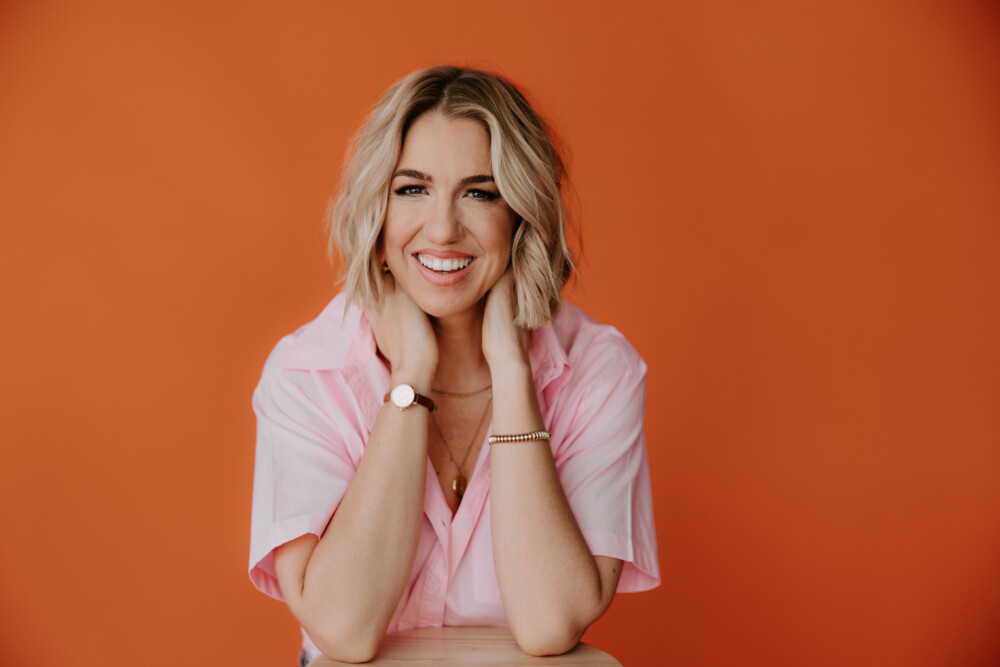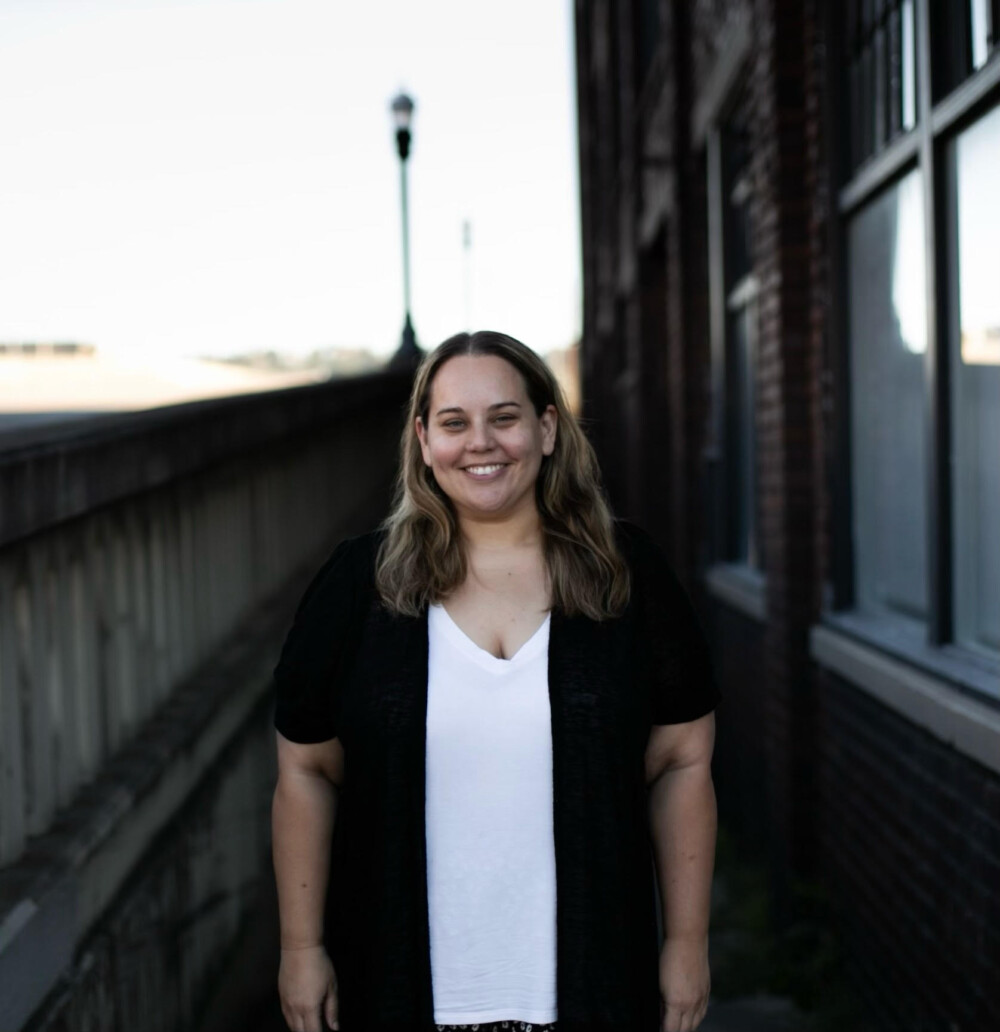
Apple Podcasts | Spotify | Stitcher
Verywell Mind describes emotional intelligence as, “the ability to perceive, control, and evaluate emotions.” Researchers suggest that when we have a healthy handle on our emotions, as in we can name our emotions and understand where they come from and what triggers them, then we have greater control in thinking before reacting, empathizing with others, and stretching our self-awareness.
And anyone with a toddler KNOWS how valuable it is to encourage these behaviors when navigating the big, loud, messy feelings all toddlers encounter.
It’s no wonder that the earlier in life we can harness this skill of emotional intelligence – and it really is a skill meant to be practiced and not perfected – then the better set up we are to have healthy relationships, coping skills, and communication with others as we walk through life. I want my daughters to grow up knowing their emotions are valid and normal, whether they’re angry, sad, excited, happy, confused, or anything in between.
In this episode, I want to share 5 important ways that we foster our littles’ emotional intelligence on a daily basis so that they feel more set up for success in life and within their own work and personal relationships. If you have children – or even if you want to practice your own emotional resiliency – this episode includes 5 actions you can practice with your kiddos (and on your own) in order to grow this muscle that we can easily neglect. Who knows? You might be surprised how healing it is for YOU, too.
#1. We talk about feelings… a LOT.
In my book there’s a whole chapter about how as adults, we tend to stop being so in touch with our feelings. As kids we can remember being SO viscerally excited for a big day at school, or nervous with a belly full of butterflies to go off to summer camp. We remember being extremely MAD and sad and feeling so many huge emotions about so many different things, often many times throughout the same day, but some of that big emotional responsiveness tends to go away as we age and we don’t really feel our feelings as deeply or as we learn to cover them up.
We also trick ourselves into thinking happiness is the destination and when we’re not happy there’s something wrong with us. We often try to avoid feelings that are anything BUT happy, right? We have so many easy distractions at our fingertips, and we can quickly go into cope-and-ignore mode when challenging feelings arise. But I made the decision early on that I want to raise children who are comfortable expressing emotions and let themselves feel those emotions, from childhood to adulthood.
So how do we encourage that? By talking about feelings, a LOT. Often and without judgment. Every day we ask Coco many times what she’s feeling in different experiences and moments. We will regularly check in with her, and early on when she was learning how to speak, we would help her by giving names to different emotions and helping her to put words to how she felt, whether she was mad or happy or sad or excited.
#2. Learn how to respond as an adult to your child’s big feelings.
Can it be absolutely mind boggling to sit calmly with a 3-year-old who is full-on tantruming and having an enormous meltdown before my very eyes? One hundred percent, yes. It’s not easy whatsoever, but I try to remind MYSELF in these moments the very same things I want to remind her. We’re both safe. It’s okay and healthy to express our emotions. This is how to move through emotions and this is so much better than telling her to push them away or keep them quiet. This is temporary. This is how she learns to process her emotions.
The amazing thing is, after these explosions, she can really vocalize how she truly feels already at 3 years old, whether it’s sad or happy or angry or excited. She can tell me what she was going through and why she was feeling a certain way. And, I honestly feel like letting her express herself in these big-feeling moments and helping her to feel safe has decreased the amount and length of tantrums she does have, because she’s learning other ways to express how she feels and sit with her feelings rather than being shamed or punished by us.
#3. Read books about feelings and naming and processing emotions.
There are SO many amazing children’s books that foster emotional intelligence and help normalize and name different emotions. One of our favorites to read with Coco is “All About Feelings.”
Reading stories that okay feelings and share healthy coping mechanisms is honestly one of the easiest and most fun ways to really encourage your littles to be in tune with their own feelings. I’m so grateful that there are so many out there nowadays that are interesting, educational, and fun reads for the whole family, and we like to read them before bed as a part of her nighttime wind-down routine.
One thing Coco does that I feel like she picked up from some of these books and all of our discussions about feelings is that she can self administer “timeouts” for herself. We don’t even DO timeouts or that kind of punishment-style break for quote “bad” behavior, but if she’s frustrated or angry or trying to understand something, she has given herself her own spot that she goes to between the window and a chair, and she’ll lay down by herself, and when she comes back she’s usually feeling better and more regulated.
And she’ll say to us, “I was sad and now I’m okay.” It’s beautiful and truly amazes me because a lot of times as adults, we don’t know how or when to step away from something or to give ourselves a moment to breathe or process or think, and it’s crazy to watch a toddler recognize she needs space and she needs a minute to herself. I respect that about her so much that she can express when she needs space to think and takes some time to process on her own.
#4. Remember that they’re watching us…
Not just how we deal with our own emotions, but also what we say and the ways we communicate with each other. Sometimes people can think and talk about kids like they’re not in the room and treat them like they don’t understand adult conversations. It’s sort of in line with that old “be seen not heard” kind of attitude towards kids from back in the day. The other day my grandparents were with us and were saying, “Oh, Coco is so wise and so smart with how she deals with things!” And Drew told them that they can just tell her that! She was standing right there and could hear them. It was just something that’s interesting because we’re a lot more aware of children and how they take in what they see, and I don’t think some of our older generations necessarily think about it like that.
There have been times where I can just SEE how much Coco is soaking it all up like a sponge, even in moments where I’m certain what I’m saying isn’t getting through, like when she’s in the middle of those big feelings and tantrums and I’m telling her, “You’re safe, your feelings don’t scare me, I’ll always stay with you when you feel these things, I’ll never leave you.” There have been times when she’s come to me, sometimes days later, and said these exact same words back to me almost verbatim, and every single time it makes my mama heart more proud than anything in the world. Those are the moments that all of the tough navigating of hard feelings together are beyond worth it because I know she’s really learning that what she’s feeling is okay and that she’s always safe to express herself.
#5. We are good at admitting our own big feelings and mistakes.
Drew and I have gotten really good at telling Coco when we were frustrated or upset, and if we get snappy, we apologize just like we should and like we want her to know how to do. We explain why we felt the way we were feeling and we’re not afraid to say sorry to her and show her we feel big feelings sometimes, too, and that’s been a really critical thing to model how we navigate our own challenging feelings as well as when we mess up.
I feel like there’s this old narrative that just because you’re the parent, you’re right and what you say goes, and while there’s a certain level of respect we want our children to show adults, it’s still imperative for them to see that adults mess up and misspeak and don’t always express themselves the right way. But if we can recover and share what went wrong and how we’ll do better next time, it sets up our children to know how to do the same.
The Big Picture
Overall, I want children who can feel what they feel unapologetically, that know when they need space or need to take a break for their own mental health and capacity… who can communicate their feelings and know that happiness doesn’t have to be the destination all the time, and who know it’s okay to sit for a while in difficult feelings.
We’re always paying attention to what we’re allowing our kids to see in books and the shows they watch, as well as the behaviors they see in us. We want to showcase a healthy relationship with our own emotions and show that no emotion is embarrassing or bad. And, we want to own up and vocalize our wrongdoing when we say the wrong thing or snap unintentionally, so they know that messing up is also normal, but apologizing and acknowledging hurt is just as important.
We want to normalize every single feeling and make sure they know they can express what they feel and navigate through it in a healthy way, whether that’s talking about it or taking some time to themselves to process it, or even eventually processing through art or writing or activities. It’s all a part of building that healthy emotional intelligence that we all could benefit from paying more attention to… and is a constant work in progress, no matter our age.




